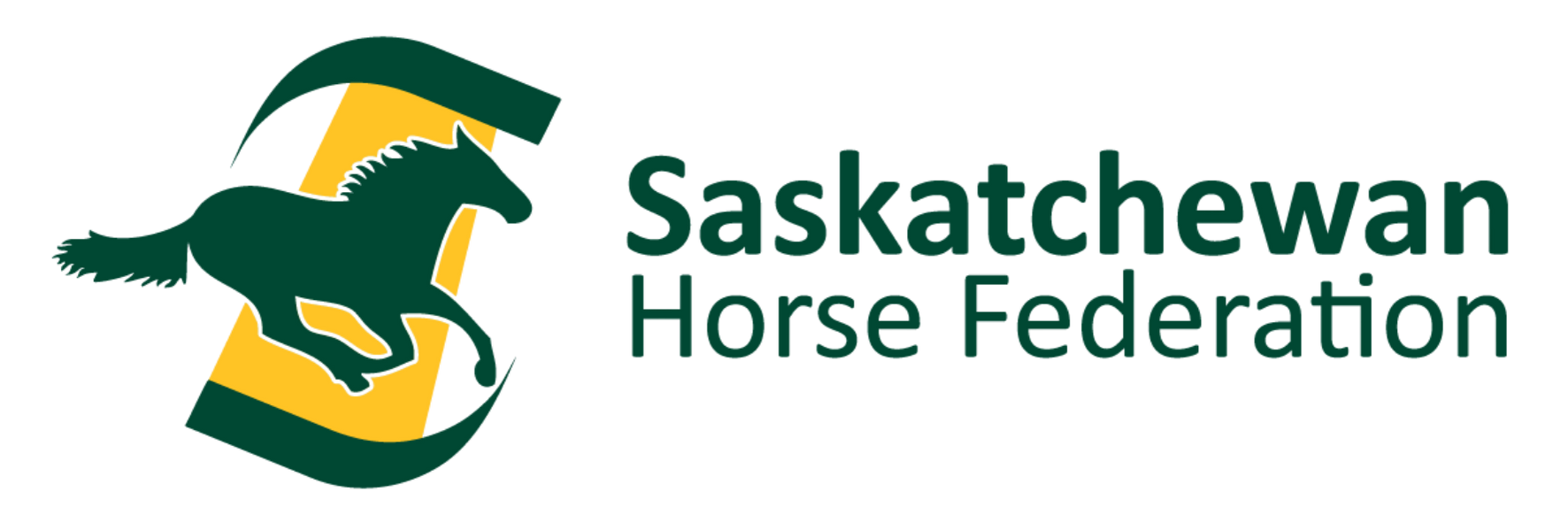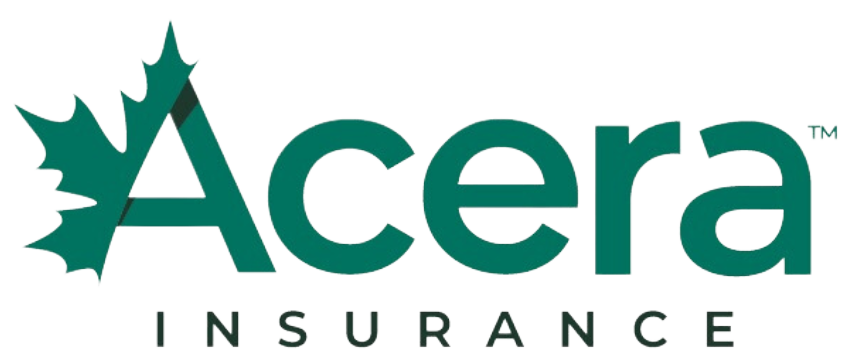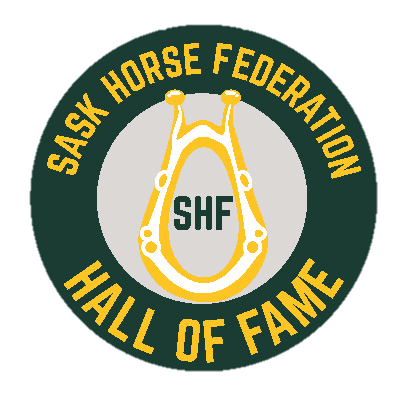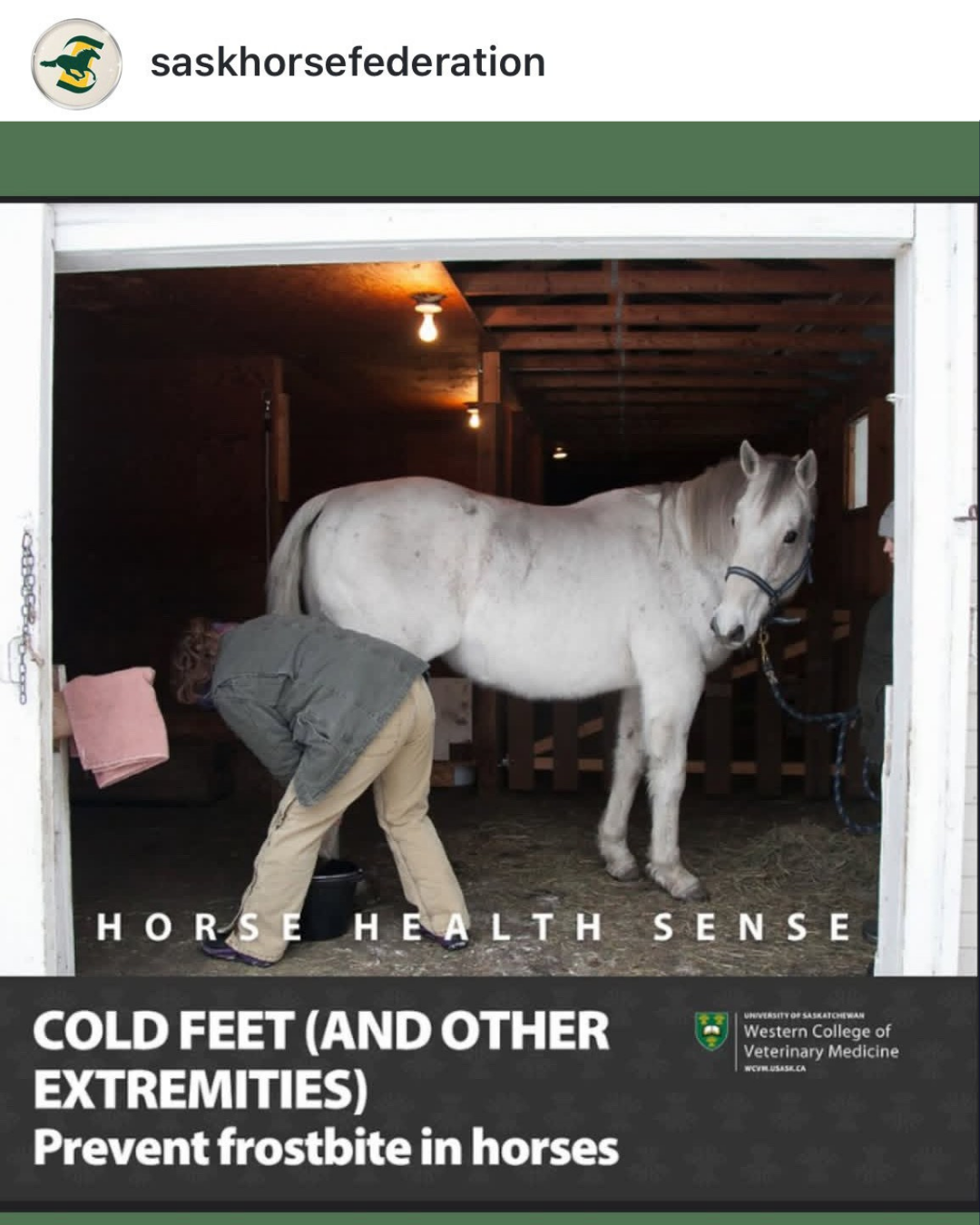Canadian Animal Health Surveillance System (CAHSS)
For up to date disease alerts, resource information, and additional surveillance tools, please check CAHHS Equine.
CFIA Report - Consultation on the proposed equine infectious anemia disease control program (2018)
Earlier this year, the CFIA drafted a proposed national disease control program for equine infectious anemia. Stakeholders (horse owners and riders, land and stable owners, equine event organizers, veterinarians, equine transporters, etc) were asked to comment on the proposed program.
SHF Phase 2 of EIA Risk Manangement and Assessment Information Package (2017)
The Board of Directors would like to thank all members who provided feedback that enabled us to produce a program that reflects the needs of our diverse membership. We remain committed to our strategic objectives of Equine Health and Welfare and will continue to pursue programs that educate horse owners and help control the spread of EIA in Saskatchewan.
A Report on the Recommendations of the EIA Program Working Group (2016)
Report describes the work of the EIA Program Working Group and outlines their recommendations for the development of a future EIA disease control program in Canada. Implementation details including zone location, which movements will require mandatory testing, permitting and enforcement will be developed during the next phase of program design and with input from stakeholders. In addition, the scope of CFIA’s disease response activities will need to be redefined to account for a shift in resources towards the implementation and maintenance of the zone.
EIA in Saskatchewan: Key facts about equine infectious anemia (EIA)
EIA Fact Sheet: Information from the Saskatchewan Government
What is equine infectious anemia?
Equine infectious anemia (EIA) is a potentially fatal viral disease affecting horses and other members of the equine family, such as donkeys and mules. EIA-infected animals remain carriers of the virus for life and can be a source of infection for other animals.
What are the clinical signs of EIA?
The incubation period is generally two to four weeks, but may range from one week to three months.
Infected horses may show the following signs:
- anorexia;
- depression;
- general weakness;
- intermittent fever up to 41ºC;
- jaundice;
- small hemorrhages under the tongue and eye;
- swelling of the extremities; and
- weight loss.
In some cases, a loss of coordination may be the only clinical sign. Foals infected prior to birth are often aborted, or die within two months of birth. Many animals show temporary recovery from the severe stage of EIA and may even appear normal for two to three weeks before relapsing with similar, but less severe signs. Episodes of clinical illness are often associated with the use of steroid drugs or with periods of stress such as hard work, hot weather, racing or pregnancy.
Where is EIA found?
EIA has a worldwide distribution. The disease has existed in Canada since the 1800s, and is considered to be a sporadic disease in the equine population. The occurrence of EIA in tested horses in Canada is extremely low.
How is EIA transmitted and spread?
Transmission of EIA occurs mainly through the transfer of contaminated blood from one animal to another. Insects such as horse flies, stable flies, and deer flies aid in the disease spread. Transmission may also occur when blood-contaminated objects (e.g., needles, syringes, or surgical instruments) are used on more than one animal. EIA can also be transmitted through the semen of an infected stallion. Foals can be infected before birth.
How is EIA diagnosed?
A tentative diagnosis can be made based on clinical signs, but blood tests are necessary for a definitive diagnosis.
How is EIA treated?
At this time there is no cure for EIA, nor is there a vaccine that will prevent an animal from becoming infected. Supportive therapy may alleviate clinical signs in individual cases, but it is critical to remember that infected equines serve as a reservoir of infection for other equines. The control of the disease is based on voluntary testing by owners, identification and destruction or life-long quarantine of infected animals, mandatory testing of imported equines, and efforts to prevent the spread of the virus by controlling insect and mechanical vectors.
What is done to protect Canadian livestock from EIA?
Equine owners can take the following precautions to reduce the risk of infection:
- use strict hygiene practices when vaccinating or collecting blood samples from equines;
- use disposable needles and syringes, and do not use the same needle on more than one equine;
- implement insect control measures;
- test equines as per equine industry standards (i.e., race tracks, shows, events, breeding stables, etc.) and whenever equines from different sources will intermingle;
- isolate all new equines until they have been tested for EIA;
- do not breed EIA-positive equines;
- abide by the national EIA control program; and
- consult your veterinarian if you suspect your equine may be infected with EIA.
The Canadian Food Inspection Agency (CFIA) imposes strict regulations on the import of animals and animal products from countries where EIA is known to occur. These regulations are enforced through port-of-entry inspections done either by the Canada Border Services Agency or the CFIA. EIA is a "reportable disease" under the Health of Animals Act. This means that all suspected cases must be reported to the CFIA.
How would the CFIA respond to an outbreak of EIA in Canada?
The CFIA places movement restrictions on all premises on which EIA infected equines are found. The EIA-infected animals and EIA susceptible animals are quarantined and all equines on the premises are tested for the disease. Equines confirmed to be infected with EIA are either ordered destroyed or placed under permanent quarantine where possible . Owners whose animals are ordered destroyed may be eligible for compensation.
EIA CHARTS AND FIGURES UP TO 2015
Provided by the Government of Saskatchewan





.png)



